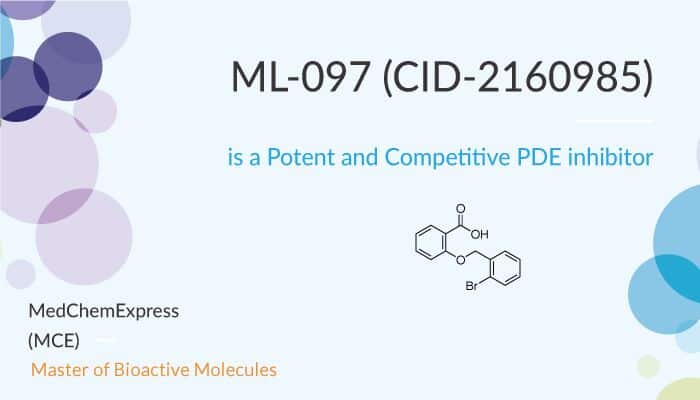Ras, is a family of related proteins expressed in all animal cell lineages and organs. All Ras protein family members belong to a class of protein called small GTPase. Furthermore, Ras is a prototypical member of the Ras protein superfamily that regulates a variety of cellular behaviors. As a result, mutations in Ras genes can lead to the production of permanently activated Ras proteins.
RAS GTPases are fundamental regulators of the development and drivers of an extraordinary number of human cancers.
 Abnormal changes in the activation of small G proteins promote transformation of cells towards malignancy and other disease states. The mutated forms of small GTPases induce proliferation and transformation of a number of cell types. In cellular systems, some potential uses of the new activators could represent: ameliorating mutations in GTPases and GEF proteins, thereby increasing the function of the wild-type or mutant GTPases.
Abnormal changes in the activation of small G proteins promote transformation of cells towards malignancy and other disease states. The mutated forms of small GTPases induce proliferation and transformation of a number of cell types. In cellular systems, some potential uses of the new activators could represent: ameliorating mutations in GTPases and GEF proteins, thereby increasing the function of the wild-type or mutant GTPases.
ML-097 (also known as CID-2160985) is a pan Ras-related guanosinetriphosphatases (GTPases) activator that can activate Rac1, cell division cycle 42, Ras, and Rab7. In addition, ML-097 increases the affinity of the GTPases for guanine nucleotides. Moreover, ML-099 activates cell division cycle 42 activated mutant, cell division cycle 42 wild type, Ras protein wild type, GTP-binding protein (Rab7), Rac1 protein activated mutant, Rac1 protein wild type, and Ras protein activated mutant with EC50 values of 50.11 nM, 102.32 nM, 109.64 nM, 20.41 nM, 81.28 nM, 151.35 nM, and 93.32 nM, respectively. In intramuscular adipocytes, ML-097 significantly attenuates the effect of CTRP6-siRNA. It blocks the expression of genes related to lipid metabolism such as FAS, PPARγ, aP2, HSL, ATGL, and LPL.
In conclusion, ML-097 is a pan activator of Ras, which activates Rac1, cell division cycle 42 (CDC42), Ras, and Rab7.
References:
[1] Zurab Surviladze, et al. 2009 May 18 [updated 2010 Sep 2].